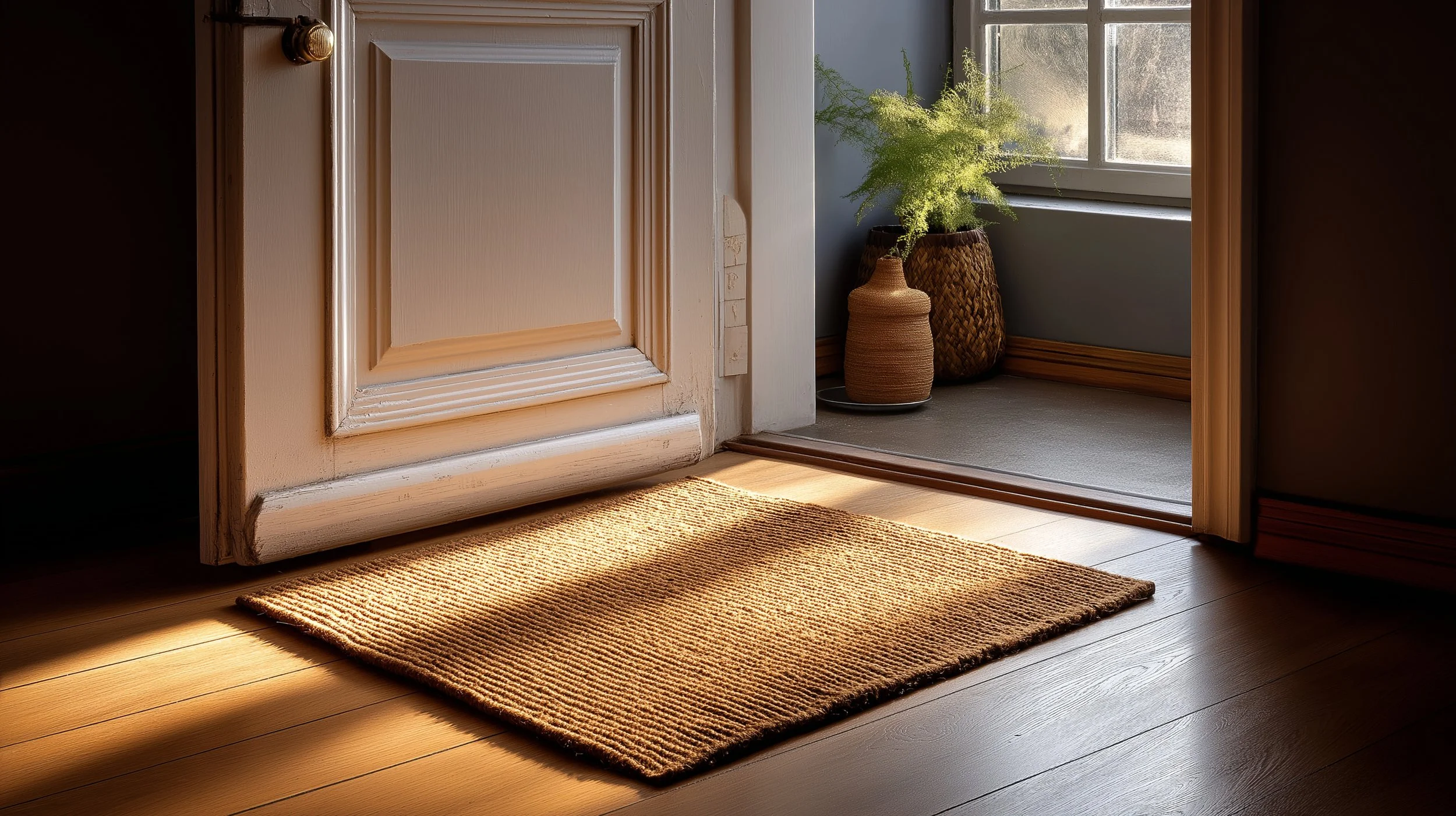Boundaries 101: what a boundary is – and what it isn’t
Like a front door, a boundary lets you welcome, pause, or step back. You manage your door. You don’t manage someone else.
Most of us didn’t grow up with clear lessons on boundaries. We picked up mixed messages instead: “Be nice,” “Don’t rock the boat,” “Stand up for yourself,” “Family first.” No wonder it’s confusing. Let’s make boundaries practical, kind, and doable.
What is a boundary?
A boundary is a clear choice about your behaviour that protects your time, energy, body, values, and peace of mind. It directs what you will do, not what someone else must do.
“If the yelling keeps going, I will leave the room.”
“When work messages come in after 6 p.m., I will reply tomorrow.”
Think of a boundary like a front door. You decide when it’s open, cracked, or closed. You don’t move the other person; you move yourself.
What a boundary is not
These get mixed up all the time:
A rule tries to control their behaviour.
“You are not allowed to yell at me.”An expectation is a hope that needs to be said out loud.
“I expect work messages after 6 p.m. can wait.”A standard describes what you allow over time.
“I build relationships with people who repair after yelling.”A hint or a test expects mind-reading.
If you want something, say it clearly and kindly.
Why boundaries matter (and why they feel hard)
Healthy boundaries protect connection. They reduce resentment, blow-ups, and burnout. They also feel awkward at first because you’re changing the dance. Expect a little friction. That doesn’t mean you’re doing it wrong, it means you’re building a new pattern.
Common blockers
• Worry about seeming “mean” or “selfish.”
• Old roles like peacemaker, fixer, or high-achiever.
• Fuzzy limits: you haven’t decided what you’ll actually do.
The antidote: clarity + follow‑through. Small, calm, consistent steps beat big speeches.
How to say it (a simple script)
Use this frame to keep it short and centred on your choice:
When [X happens], I will [do Y], because [I need Z].
“When yelling starts, I will pause the conversation, because I need calm to keep talking.”
“When work messages arrive after 6 p.m., I will respond in the morning, because evenings are for family.”
Say it once. Then do the thing you said.
Follow-through vs. punishment
Boundaries are not threats or ultimatums. They are choices you act on.
Follow-through: “I’m going to step outside for ten minutes.”
Punishment: “If you yell again, I’ll never talk to you.”
Follow-through regulates you and keeps dignity in the room. Punishment tries to scare or control the other person.
Common myths to drop
“Boundaries are unkind.” Kindness without clarity creates confusion. You can be warm and firm at the same time.
“Boundaries only work if they agree.” Your boundary is about your action, not their permission.
“If they cross it, I failed.” That’s information. Restate once, then follow through.
“Strong boundaries are rigid walls.” Healthy boundaries are firm and flexible. You can adjust them with new information.
10 ways the pros define boundaries
Brené Brown
Boundaries are “what’s okay, what’s not okay, and why.” They sit at the core of trust.Nedra Glover Tawwab
Set limits you can communicate and enforce. Enforce, not force.Prentis Hemphill
“Boundaries are the distance at which I can love you and me simultaneously.”Dr. Raquel Martin
A boundary guides your behaviour. A rule tries to control theirs.Henry Cloud & John Townsend
Boundaries mark where “I” end and “you” begin. They create ownership and responsibility.Harriet Lerner
You can be clear and kind. Expect pushback at first while the system recalibrates.KC Davis
Capacity-aware boundaries help you decide who gets closeness, on what terms, without rushing to labels.Terry Real
Healthy intimacy needs internal boundaries. Not boundaryless. Not walled off.Gabor Maté
Saying “no” can protect health. People-pleasing blurs boundaries and drives hidden stress.Esther Perel
Good boundaries balance “me” and “we,” which makes desire and trust possible.
Special thanks to Baya Voce and Dr. Raquel Martin for the ideas that shaped this post.

